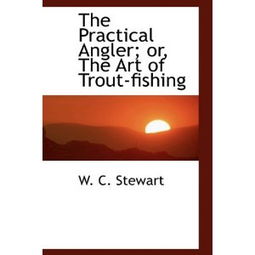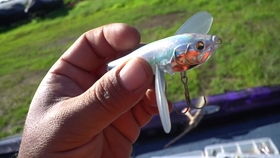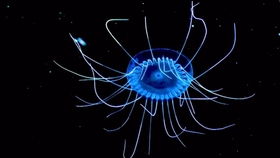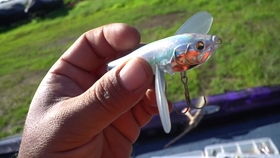Introduction:
Winter fishing, though often overlooked, can be a rewarding and peaceful experience for anglers. The crisp air, serene landscapes, and the challenge of catching fish in colder temperatures can make for an unforgettable day on the water. In this article, we will delve into the art of winter fishing, providing you with essential techniques and a detailed diagram to help you succeed in this unique season. So, grab your gear, bundle up, and let's dive into the world of winter fishing!
Understanding Winter Fish Behavior:
Before we dive into the fishing techniques, it's crucial to understand how fish behave during the winter months. Cold water temperatures slow down fish metabolism, causing them to become more sluggish and less active. However, they still need to feed to survive. Here are some key points to consider:
- Water Temperature: Fish are most active in water temperatures ranging from 40°F to 55°F (4°C to 13°C). During winter, finding water that hasn't dropped below this range is essential.
- Depth: Fish tend to move deeper in colder months to find warmer water. Look for areas like ledges, drop-offs, and underwater structures where fish can gather.
- Food Sources: Since fish metabolism is slower, they may not feed as frequently. Focus on natural food sources such as minnows, crayfish, and insects.
Winter Fishing Techniques:
Choosing the Right Equipment:
- Reel: A quality spinning or baitcasting reel with a smooth drag is essential for winter fishing. Look for reels with a cold-weather-resistant construction.
- Rod: A medium-heavy action rod is ideal for winter fishing, providing enough backbone to handle larger fish and heavier lures.
- Line: Use a monofilament line with a low stretch and a thickness that matches the size of the fish you're targeting.
Lure Selection:
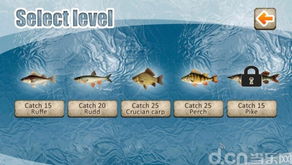
- Soft Baits: Soft plastics like worms, grubs, and swimbaits can be effective in winter. Look for baits with lifelike actions and natural colors.
- Jigs: Jigs are versatile and can be used in a variety of situations. A jig with a rubber body and a small, weighted head can be deadly in winter.
- Spoons: Metal spoons can create a lot of movement in the water, attracting fish even in cold conditions.
Fishing Techniques:
- Jigging: Use a slow and deliberate jigging motion to mimic the movements of prey. Keep the rod tip low and make short, upward movements.
- Trolling: Trolling can be effective in winter, especially in deeper water. Use a slower speed to keep the lures in the strike zone for longer.
- Dead Sticking: This technique involves slowly lowering a lure to the bottom and letting it sit there for an extended period. It can be effective for catching fish that are not actively feeding.
Winter Fishing Diagram:
[Insert a detailed diagram showing various winter fishing techniques, including the following elements:]
- Reel and Rod Setup: Illustrate the correct placement of the reel on the rod and the line guides.
- Lure Selection: Show different types of lures, such as soft plastics, jigs, and spoons, with their features highlighted.
- Fishing Techniques: Include step-by-step illustrations of jigging, trolling, and dead sticking techniques, emphasizing the correct rod position and lure movement.
Conclusion:
Winter fishing may require a bit more patience and preparation, but it can be a highly rewarding experience. By understanding fish behavior, choosing the right equipment, and mastering the techniques, you can increase your chances of success on the ice. Remember to dress warmly, stay hydrated, and enjoy the beauty of winter fishing. With the right approach, you'll find that the rewards of catching fish in the cold months are second to none.
This article provides a comprehensive guide to winter fishing, covering the essential techniques and a detailed diagram to help anglers of all levels succeed in the winter months.

